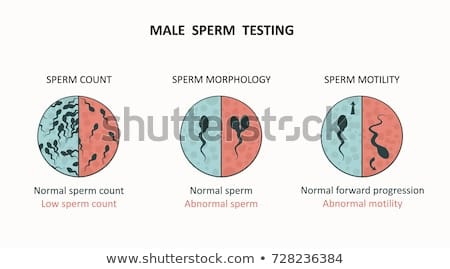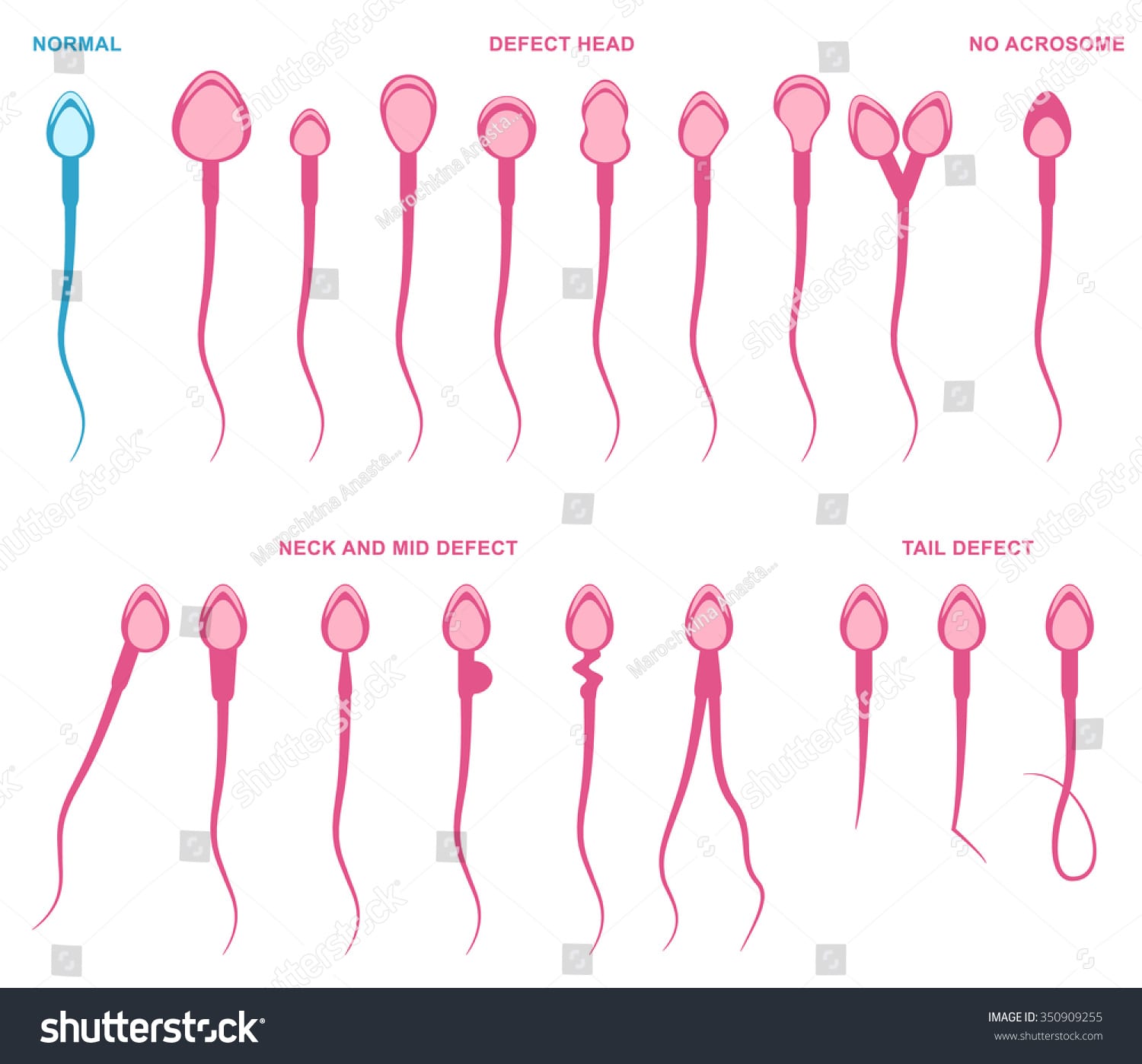
Introduction
The problem of male infertility and impotency is increasing day by day. The global incidence of couple infertility is estimated at 10 to 15%. The contribution of the male factor alone to couple infertility is believed to be about 20%. Between 20 and 30 million American men suffer from some degree of sexual dysfunction, and a comparative figure generally applies worldwide. There are several lines of evidence to suggest that sperm counts are decreasing globally.
The increase in male factor infertility in recent times is believed to be caused by altered lifestyle, stressful living conditions, diverse pollutants, certain prescription and several nonprescription drugs, dietary toxins, and certain nutritional deficiencies.
The remedy for male sexual dysfunction in modern medicine is limited. The fact remains that, other than correction of obstruction, infections, varicocele, and certain endocrine abnormalities, in most cases there is practically no successful therapeutic measure for male infertility.
Male subfertility refers to the inability of a male to impregnate a fertile female. It is said that male subfertility accounts for 40-50% of infertility. Men are usually adamant to accept subfertility in fear for social discrimination. But it is curable with commitment and proper Ayurvedic treatments.
Causes

Ayurveda realized the problem of male infertility, thousands of years ago and developed a separate specialty, namely, reproductive medicine “Vaajeekarana”.
It realized, among other things, the role of the nervous system, cardiovascular system, and psychological aspects of fertility. It has also recommended an appropriate use of plant-based remedies, a proper lifestyle, and nutritious diet for improving overall health and treating male infertility.
In most cases, male subfertility cannot be identified until one is failed to impregnate a healthy female. Causes of male subfertility can be attributed to
- Lower sperm count – A fertile 01 ml semen specimen should have 15 million sperms.
- Lower sperm motility – Sperms should be able to move properly within semen. Movement deficiencies can cause subfertility.
- Peculiar sperm morphology – A deformities of the shape of sperm can affect impregnation.
- Sperm delivery problems – Premature ejaculation, genetic diseases and structural defects prevents proper sperm delivery.
Risk factors that may account for male subfertility

- Chronic illnesses – Diabetes or infections such as chlamydia, gonorrhoea, mumps or HIV, Enlarged veins in the testes (varicocele) can affect healthy sperm production.
- Injuries – Damages to the genitals area may cause sperm delivery problems and blockades.
- Environment factors – Periodic exposure to heat, radiation, and pesticides may affect sperm production. Endocrine Disrupting Chemicals (EDCs) can reduce the quality of sperm and damage sperm DNA.
- Lifestyle choices – Cigarette Smoking can have adverse effects on DNA in sperm. Heavy drinking can cause erectile dysfunction and affect the quality of sperm.
Types of male subfertility (Sperm diseases)

- Azoospermia – No sperms in semen either due to blockage in the tubing or no sperm production in testicles.
- Aspermia – No semen in the ejaculation. This can occur either due to the inability to transport semen or ejaculating in a different direction. (Retrograde ejaculation)
- Teratozoospermia – Sperms are abnormally shaped. As such they negatively affect proper transportation and attaching itself to the egg.
- Asthenozoospermia – Sperm motility is reduced so that sperms have little or no movement.
- Hyperspermia – Higher than the normal volume of semen per ejaculation. ( >6ml)
- Hypospermia – Lower than the normal volume of semen per ejaculation. (< 1.5 ml)
- Oligospermia – Low sperm count.
- Necrospermia – When all or a considerable portion of sperms are dead.
Signs/Symptoms

Signs and symptoms of sperm diseases or infertility may not be obvious until a prolonged failure to conceive. Although in some cases the following signs would show up to alert you of an existing subfertility condition. Please consult a doctor at earliest as possible if you have the following.
- Abnormalities in ejaculation such as low volume or lack of semen.
- Difficulty maintaining an erection (Erectile Dysfunction)
- A lower than normal sperm count (fewer than 15 million sperm per millilitre of semen or a total sperm count of less than 39 million per ejaculate)
- Small and firm testicles.
- Pain, swelling or a lump in the testicle area (Varicocele)
- Reduced sexual desire (Sexual libido)
- Recurrent respiratory infections
- Inability to smell (Kallman’s syndrome)
- Decreased facial or body hair
- Peculiar breast growth (Gynecomastia)
Read more about male subfertility in detail. Male infertility: The good, the bad and the ugly

